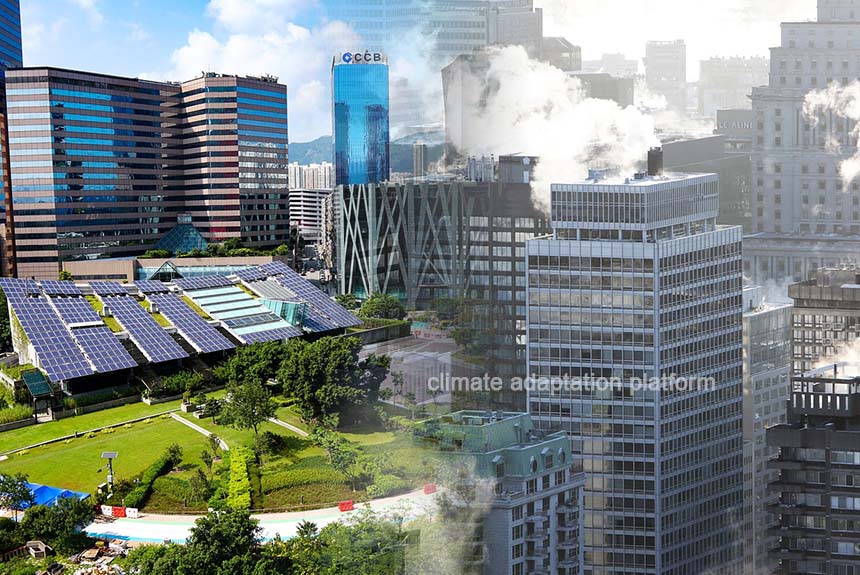The severity of climate change impacts is not a localized issue but an escalating global crisis. Its effects are becoming increasingly evident worldwide.
From April to May this year, a scorching heatwave ravaged numerous South and Southeast Asian countries. During the same period, Brazil’s southernmost state was devastated by a tragic flood, resulting in the loss of at least 165 lives and the displacement of nearly 600,000 Brazilians.
The threat of wildfires looms large in Western Canada, with officials bracing for a potential repeat of last year’s record-breaking wildfire season, which saw a staggering 7100 fires nationwide.
The role of cities in climate change is significant and cannot be ignored. While the focus is often on reducing GHG emissions and transitioning to renewable energy, cities contribute to climate change.
According to the UN, cities account for 78% of the world’s energy consumption and generate more than 60% of GHG emissions. These emissions can be traced to poor urban planning, lack of green spaces, and the design of car-centric cities rather than human-centric ones that provide more options for mobility, like walking, cycling, and public transport.
Oxford Economics, the world’s foremost independent economic advisory firm, released a 2024 Global Cities Index developed to provide a “holistic assessment of the 1,000 largest cities in the world”.
According to the report, “This is not just a regional or high-income country story, but Oxford Economics’ 1,000 Global Cities are located across the world, in advanced and developing countries. Metropolitan areas in 163 countries are represented in our 1,000 Global Cities.”
“The index contains five categories: Economics, Human Capital, Quality of Life, Environment, and Governance, which are aggregated to create an overall score for each city.”
The Environment category evaluates a city’s “commitment to environmental sustainability and its predisposition to climate change risks, critical factors for ensuring long-term resilience.” The environment indicators include “air quality, emissions intensity, temperature anomalies, natural disasters, temperature anomalies and rainfall anomalies”.
Fiji’s capital city, Suva, has been named the best city in the Environment index among the world’s 1,000 largest cities, followed by Fortaleza, Brazil; San Juan, Puerto Rico; and Natal, Brazil.
All three cities in New Zealand – Wellington, Christchurch, and Auckland also landed in the top 10 due to their clean air and low frequency of natural disasters.
The other top 10 cities for the environmental category are Male, Maldives; Nassau, Bahamas; and Port Louis, Mauritius.
The report notes that assessing cities’ relative strengths and importance worldwide is valuable for businesses, academics, and policymakers to make informed decisions.
However, comparisons must consider more than just economic output or growth, such as quality of life, environmental, human capital, and governance, as these provide the other dimensions that can make a city attractive to residents and investors.
Read and Download the 2024Global Cities Index
Source:
Global Cities Index (2024). Oxford Economics. Retrieved from https://www.oxfordeconomics.com/global-cities-index/
2024’s Climate Crisis: Extreme Weather Around the Globe Signals The Urgent Need for Action. (2024, May 23). Climate Council. Retrieved from https://www.climatecouncil.org.au/2024s-climate-crisis-extreme-weather-around-the-globe/
Generating power. (n.d.). United Nations. Retrieved from https://www.un.org/en/climatechange/climate-solutions/cities-pollution



Leave a Reply